
The Fundamentals of Sports Nutrition: How to Use Intuition to Improve Fueling
Data has its benefits, but only when we learn to apply an intuitive approach to our fueling can we unlock the most efficient and healthy sports nutrition habits.

Data has its benefits, but only when we learn to apply an intuitive approach to our fueling can we unlock the most efficient and healthy sports nutrition habits.
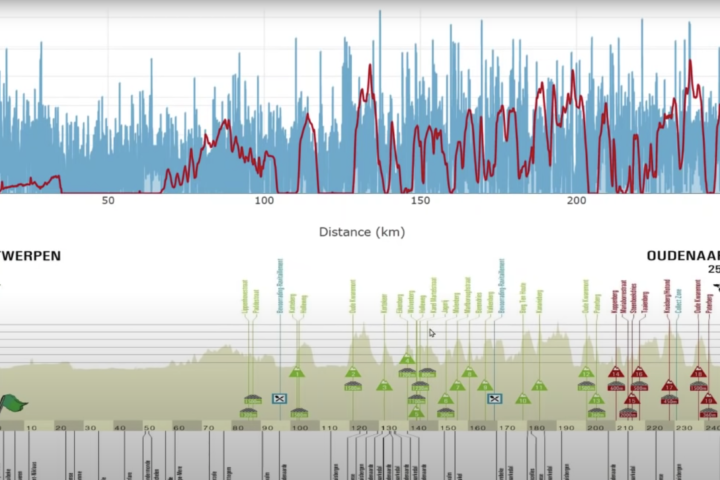
Crunching numbers is one thing, but if you want to turn data into victory, here are a few key things you should do and a few things to avoid.
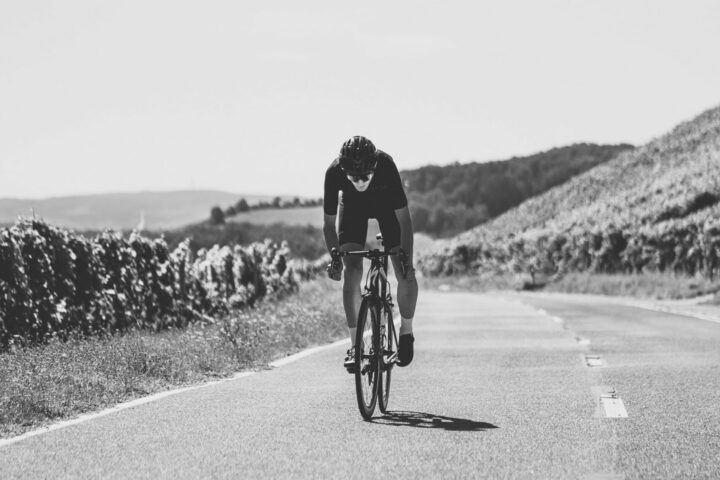
HIT has many proven benefits and several big limitations. Trevor Connor explores how HIT works, its effects, and the most effective high-intensity interval workouts you can choose for specific gains.
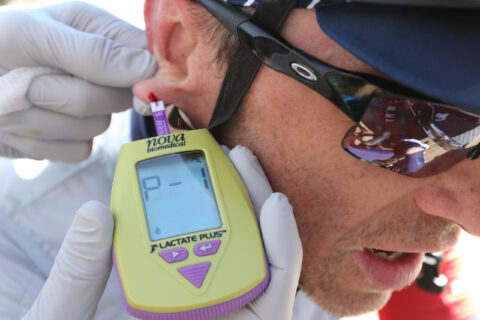
As more athletes decide to dive into do-it-yourself lactate testing, we explain how to best conduct measurements and how to avoid the most common mistakes.

We look at the latest research on the safety, benefits, and precautions for expecting mothers.
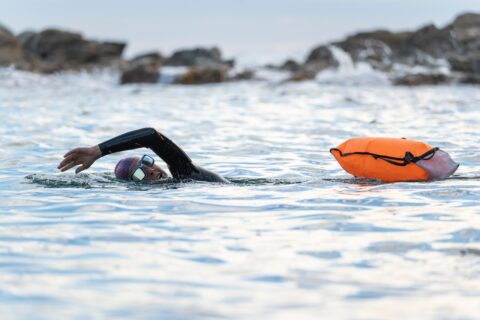
Whether it’s toxic algae blooms, wildlife encounters, or boat traffic, there are many safety considerations to take into account when swimming in open water.
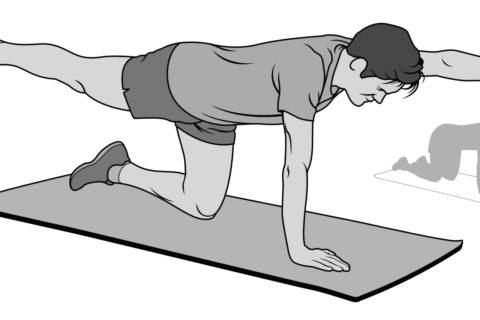
The importance of a strong core for athletic performance can’t be overstated. Trevor Connor details the various benefits of a strong core, and the disadvantages of a weak one.

This client-centered counseling approach enhances your ability to guide your athletes toward improved motivation and commitment.

Understanding when and how to introduce HIIT can make all the difference in an athlete’s ability to absorb training and optimize performance.
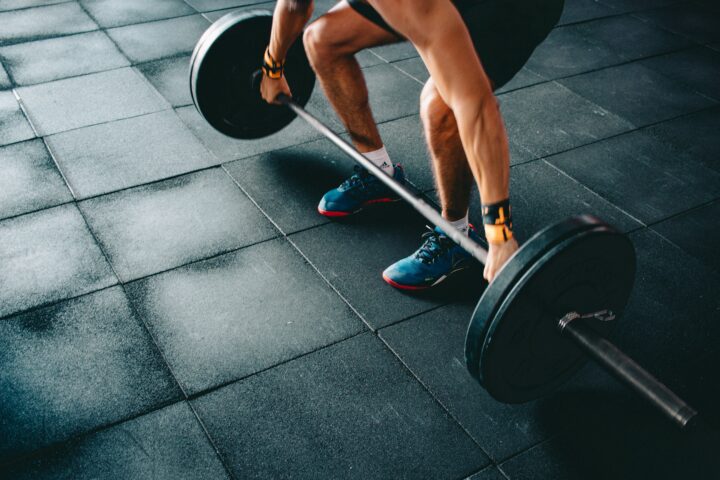
In part 3 of our series on movement literacy for cyclists, Dr. Stacey Brickson delves into stability and strength to make you a healthier cyclist.
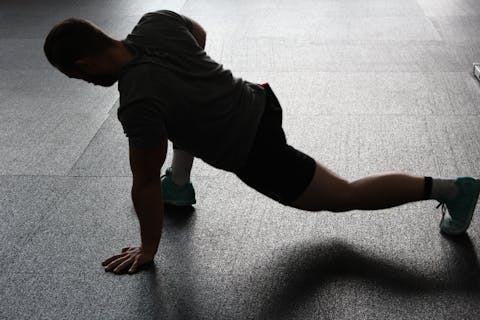
In part 2 of our series on movement literacy for cyclists, Dr. Stacey Brickson delves into mobility and flexibility to make you a healthier cyclist.
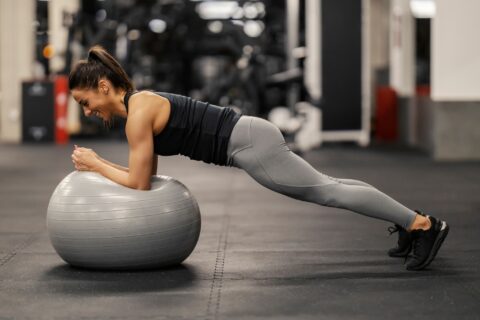
In this multi-part series, Dr. Stacey Brickson details several tools built on a hierarchy of mobility, flexibility, stability, and strength, designed to make you a healthier cyclist.

We detail the integral role that water and sodium play in our physiological processes, and how understanding sweat rate and composition can improve performance, recovery, and health.
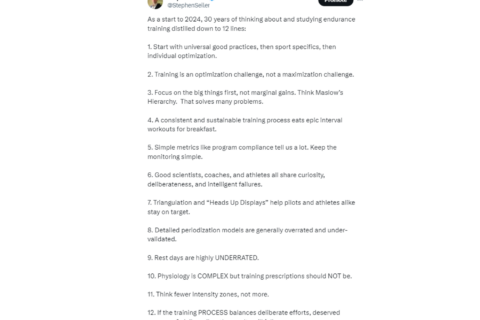
After 30 years of studying exercise endurance training, Dr. Seiler distills it all into 12 fundamental practices.
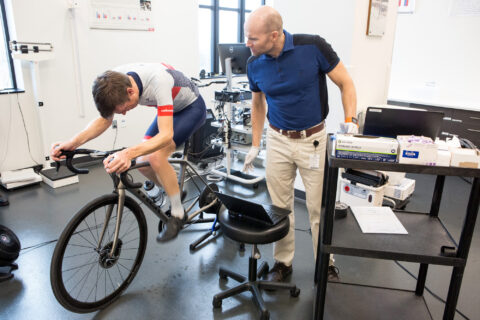
Physiological testing is a powerful tool to fine-tune your training and optimize performance.

Hit the sweet spot with a sub-threshold ride for those winter days that aren’t too cold.

Endurance athletes of all disciplines can benefit from a regular full-body strength routine.
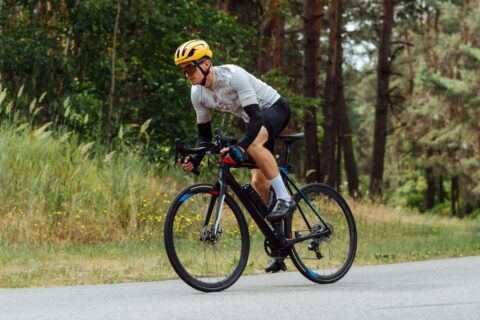
Get the best of both worlds by incorporating several high-intensity sprints into your base rides.
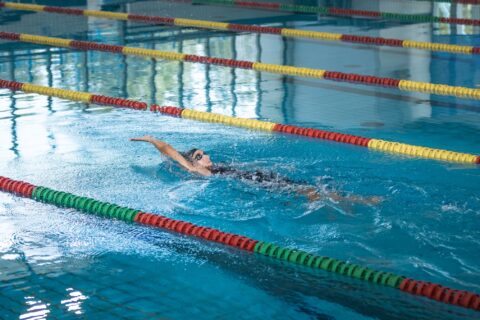
Keep your swim fitness up to speed with a regular maintenance session for off season.
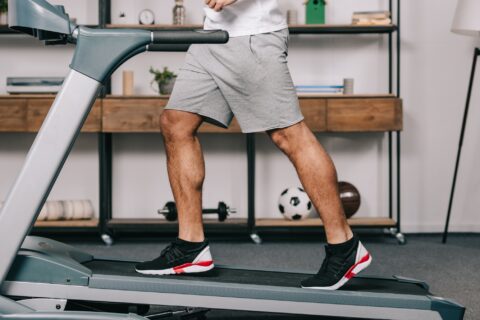
No hills? No problem! Simulate hill running on the treadmill with this 1-hour workout.

Though this workout is especially useful for cyclocross athletes, cyclists of all disciplines can benefit from this less-structured training session and break from the monotony of late season.